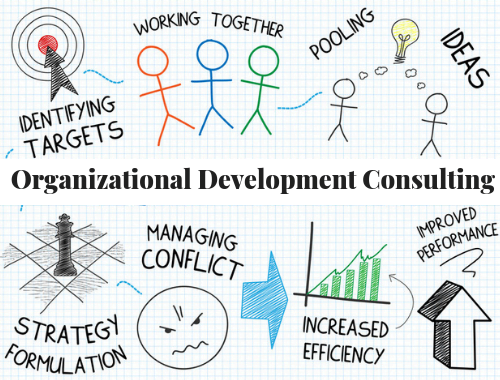There is not a business transformation that occurs which does not also involve some sort of “people transformation”. The process of realigning the business and/or its processes is only half the battle.
Aligning your workforce to support the changes can be daunting, but incorporating these three strategies should jumpstart you in the right direction.

Written by
Karan Rhodes
Strategy 2: Be Clear Upfront About What Will Change
As humans, we hate uncertainty and instability. One of the biggest mistakes leaders make is not being transparent to their employees, from the beginning, about the full scope of the transformation. Too often the employees most likely to be affected by change are the least informed about it. This may be due to leaders being unsure about all the details themselves. However, the result of the lack of information can cause a negative impact on employee morale, productivity and bad attrition.
Take the time to sort out as many details as possible before implementing the transformation. Every people transformation initiative needs a “change story” that will communicate not only the business value of the initiative, but also the impact on every employee’s day-to-day role. Helping employees understand why the transformation is good for both business and their careers is a central element of the story and should be reinforced frequently. Don’t forget that “what’s in it for me?” lurks behind every employee’s perception of organizational change.

At SDL, we have a crackerjack team whose passion is centered in helping organizations lead the people-related workstreams of large scale change initiatives. Because we have been involved with so many transformation efforts, our value lies in reducing your time to execute while ensuring you take advantage of best practices which will take care of both the company and its people.

Have an upcoming transformation initiative where you could use a thought partner? We can help.
I invite you to set up a good time for us to chat about the scope and potential needs of your effort.




